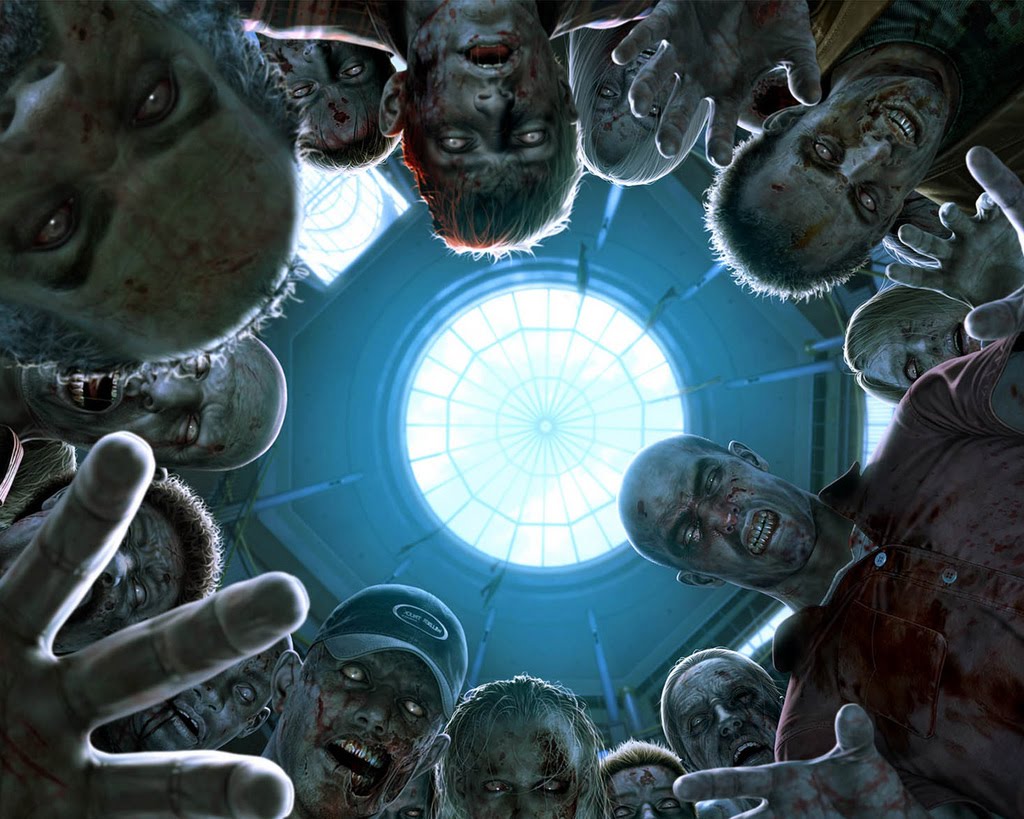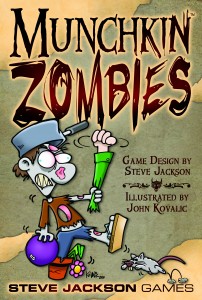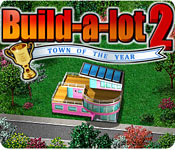Over this past weekend, I volunteered at ChimaeraCon, a local convention that focused on tabletop gaming. There were some other fun things to do, like LARPing (Live Action Roleplaying), and there were some Cosplayers, but the conference really focused on tabletop gaming. I spent most of the weekend chatting up the special guests and doing my volunteer gig, but in my free time, I played some games. When I went to write down the list of games I played over the weekend, I noticed a distinct pattern in the games I chose to play and/or watch. See if you can spot it:
The Walking Dead
Zombie Dice
Zombie Fluxx
Munchkin Zombies
There were a couple of other games I popped into, like Frag and Blood Bowl, but I didn’t so much choose to play those as that’s what was available to play while I was free.
The funny part is, I don’t think I like Zombie stuff all that much! I don’t watch The Walking Dead (although that’s more of a ‘when the heck can I find the time to catch up on Season 1’ rather than a choice to not watch it). In most of my fiction reading, Zombies play a small role, if they are in the books at all. But when it comes to gaming, I adore ones where I can kill Zombies. My favorite arcade game of all time is The House of the Dead. I played Typing of the Dead and loved it (plus I’m a super fast and accurate typer so that helped.) Plants vs. Zombies-yes, please. I even like the shooter maps where someone gets to be a zombie (if I’m the one who gets to kill them.) Apparently, this love for killing game zombies translates into tabletop gaming too.
After this weekend, my favorite Zombie tabletop game is Zombie Fluxx. If you’ve never played Fluxx-shame on you! Of course, I hadn’t played a Fluxx game until this past weekend, so it’s forgivable. I even got the game and brought it home to my kids. It’s easy enough that I can play it with a nine and six year old. The game begins with two rules. Draw one card and play one card. But the cards drawn will change the rules, like requiring that more cards be drawn or played. Some rules are really crazy, like having to groan like a zombie every time a player draws a zombie creeper. The object is to collect the keepers (like a shotgun or lumber) and have those keepers match the goal cards (which will be ever changing). Most goals require the players to not have any zombies in front of them, so there’s ways to kill and get rid of zombies-my favorite part! There’s also some special cards that allow a player to ignore any zombies in front of them and still achieve the goal.

For Fluxx, there’s also Pirate Fluxx (Arrr matey!), Monty Python Fluxx (which everyone would not stop talking about over the weekend, apparently if you are a Monty Python fan, this is a must have) and Eco Fluxx (which may or may not teach people about the environment…not sure.) It’s a great game and I’m looking forward to my next gaming event so I can get some adults to play more Fluxx with me.
My kids have been wanting to do Thrill the World, so perhaps I’ll get us Zombie costumes this year and dress as a Zombie. Maybe after I pretend to be a Zombie, I’ll have a better appreciation for the Zombies and won’t want to kill them quite so much. Or maybe I’ll just want to play more Zombie games, but instead want to be the Zombie.

Probably not.
So I’m wondering if I’m the only one who has a love for a particular theme in gaming. Does anyone else have a theme they just MUST play if the game has it?




